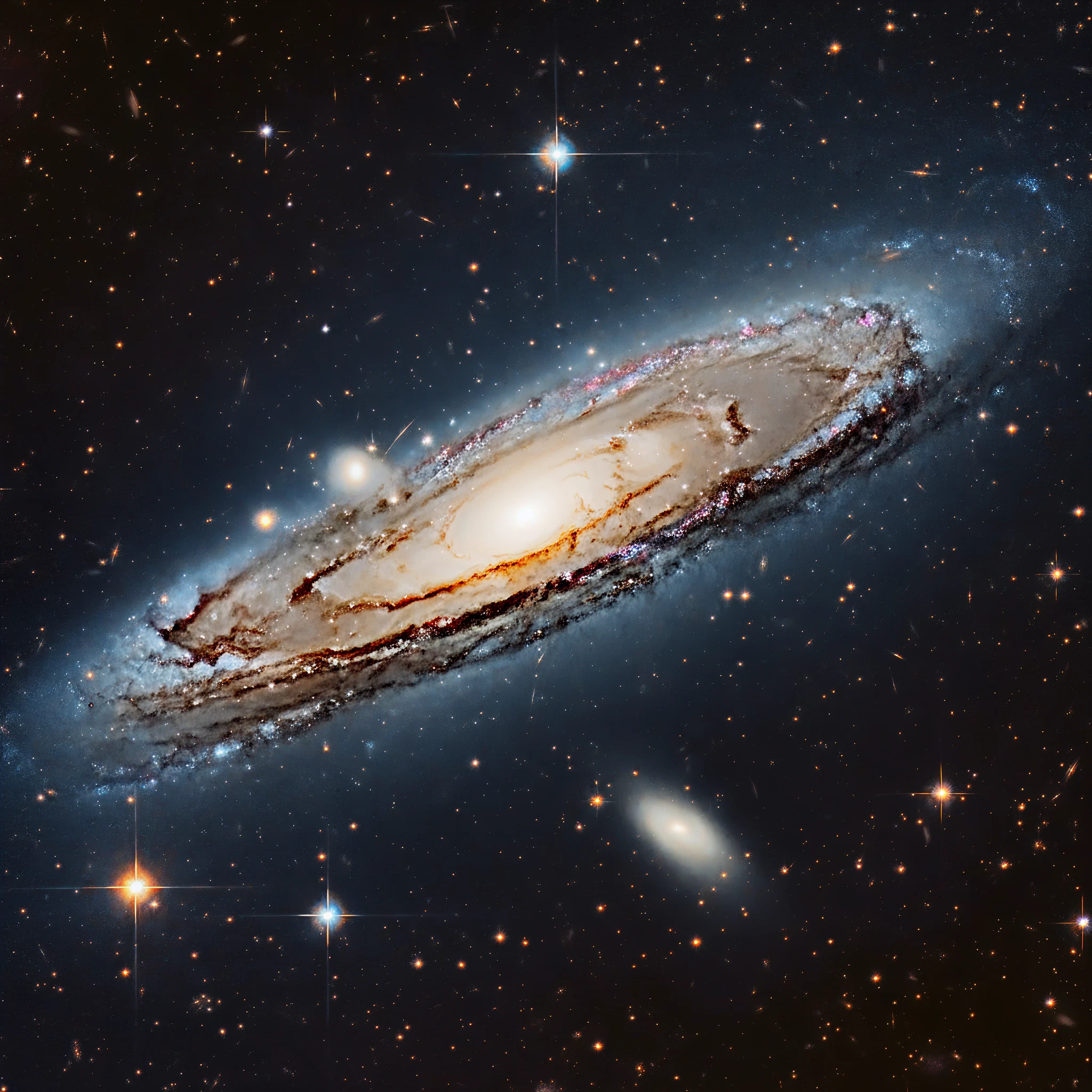The James Webb Space Telescope (Webb) has transformed humanity’s view of the universe, pushing the boundaries of what we thought possible. With its advanced infrared capabilities and international collaboration, Webb tackles some of the most profound questions about the cosmos, from the birth of the earliest galaxies to the intricate details of exoplanet atmospheres.
This article dives into how the revolutionary technology behind Webb enables these discoveries, how it compares to its predecessor, the Hubble Space Telescope, and what lies ahead for this awe-inspiring mission.
Advanced Technology Redefining Astronomy
The Webb Telescope represents a quantum leap in astronomical technology. Unlike the Hubble Space Telescope, which operates primarily in the visible and ultraviolet spectrum, Webb specializes in infrared astronomy. This capability allows it to peer through cosmic clouds of gas and dust to uncover hidden phenomena. For instance, Webb’s Mid-Infrared and Near-Infrared instruments, such as NIRCam, provide an unparalleled ability to study the chemical compositions of distant galaxies, star-forming regions, and planetary atmospheres.
When Webb observed the Sombrero galaxy, it delivered an extraordinary level of detail. The galaxy’s core, veiled by interstellar dust in visible light, became beautifully illuminated in Webb’s near-infrared wavelengths, revealing star-packed regions that Hubble could only hint at. Such breakthroughs underscore Webb’s position as the world’s premier space observatory.
Revolutionizing Our Understanding of the Universe
Early Galaxy Formation
One of Webb’s primary missions is to investigate how the first galaxies came to be. Using its infrared instruments, Webb has observed some of the most ancient galaxies in the universe, dating back to less than a billion years after the Big Bang. These images are helping scientists understand how gravity shaped the earliest cosmic structures from the universe’s primordial chaos.
The comparison to Hubble highlights the scale of Webb’s achievements. Hubble traced the formation of galaxies to about 500 million years after the Big Bang; Webb sharpens that focus down to even earlier periods, offering critical information about star populations, galactic mergers, and the building blocks of cosmic evolution.
Exoplanet Atmospheres and Prospects for Life
Webb is also unparalleled in studying exoplanets, many light-years away. Researchers have used its instruments to analyze the chemical makeup of exoplanet atmospheres, detecting water vapor, carbon dioxide, and even hazes resembling smog on distant worlds. These discoveries expand our understanding of planetary systems, paving the way for identifying potentially habitable planets.
With Webb, astronomers are not just finding exoplanets but also understanding what conditions they may harbor. For instance, Webb was able to analyze the atmosphere of the exoplanet WASP-39b, revealing detailed information about its temperature and molecular compounds. This capability could answer one of humanity’s oldest questions—is there life beyond Earth?
International Collaboration Shaping the Future
The Webb Telescope is more than just a flagship NASA mission; it’s a testament to worldwide scientific cooperation. Developed by NASA, the European Space Agency (ESA), and the Canadian Space Agency (CSA), Webb symbolizes global efforts to explore the mysteries of the universe.
ESA contributed key instruments such as the NIRSpec spectrometer, which splits light into thousands of colors to reveal the chemical fingerprints of distant objects. Meanwhile, CSA’s fine guidance sensors ensure that Webb points with unparalleled accuracy, allowing astronomers to gather data from the faintest corners of space.
This partnership also ensures that Webb’s findings serve a global audience, with scientists worldwide contributing to its long-term success. The collaborative framework sets a precedent for future international missions, enabling humankind to reach deeper into the cosmos.
Stunning Visuals and Data That Speak Volumes
Visual storytelling through Webb’s observations captivates scientists and casual enthusiasts alike. The famous Sombrero galaxy, as seen through Webb’s lens, exemplifies the beauty and complexity of the universe. Its near-infrared image uncovers globular clusters and red giants, while mid-infrared wavelengths reveal glowing dust features invisible in earlier images. This visual depth enlarges our understanding of galactic structures.
Perhaps most striking is how Webb separates the past from the present. Observing a star’s light emitted billions of years ago, Webb acts as a time machine, allowing us to witness the universe’s various evolutionary stages.
Comparing Webb and Hubble
While both the Hubble and Webb telescopes have brought significant advancements in astronomy, their capabilities differ in ways that complement each other:
| Feature | Hubble | Webb |
|---|---|---|
| Wavelengths | Visible and ultraviolet light | Infrared light |
| Location | Earth’s orbit | 5 million km from Earth (L2) |
| Primary Goal | Exploring galaxies, stars, and exoplanets | Investigating early galaxies and planetary atmospheres |
| Mirror Size | 4 meters | 5 meters |
The shift from visible to infrared light gives Webb the upper hand in peering through gas clouds and detecting faint, faraway phenomena.
What’s Next for Webb
Webb is just getting started. Over its planned 10-year mission, it will continue mapping early galaxies, refining planetary atmosphere research, and educating scientists and laypeople alike. Many anticipate groundbreaking discoveries that will reshape how we view our place in the cosmos.
Step Into the Universe With Webb
The Webb Telescope is not just a marvel of engineering; it’s humanity’s next great leap in exploring the unknown. From unveiling the oldest galaxies to detecting habitable exoplanets, Webb enables us to unravel the tapestry of the universe one revelation at a time.
If you’re fascinated by its potential to change our understanding of space, follow Webb’s latest discoveries through NASA’s channels. Every image and data set is an invitation to ponder the sheer scale, beauty, and mystery of the cosmos.
The stars are closer than you think, thanks to Webb.








